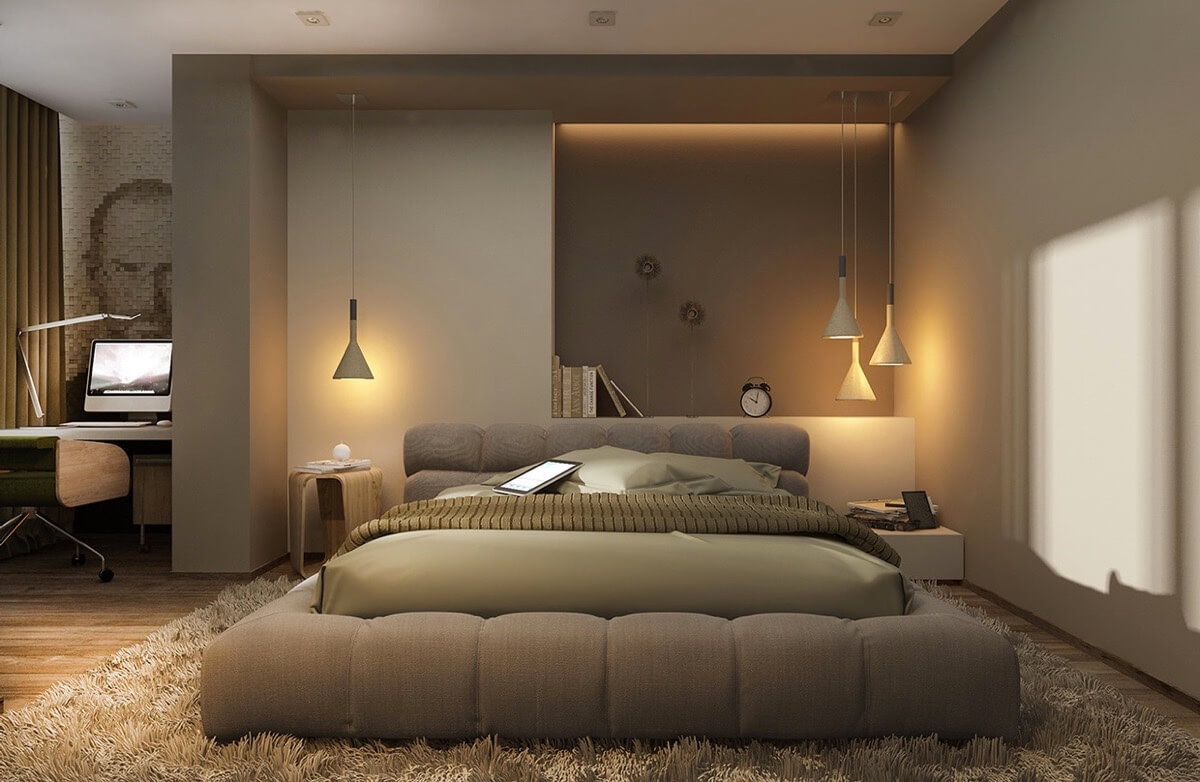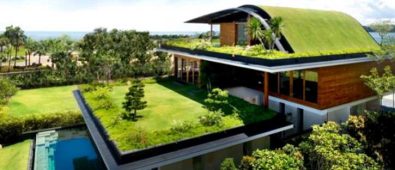When choosing a roof for your house, the problem you are likely to face is the selection of the perfect roofing material. It’s at this stage you realise that choosing the right type of roof is more difficult than you think.
We all know that roofs do a lot more than just protect the house from the outside elements. They come in different styles and shapes and also play an essential role in determining the overall look of the house. Visit Maxx Roof LLC Denver to settle your roof needs.
Let’s briefly check out these 6 common types of roofs and their pros and cons.
Gable Roof
It can also be referred to as a pitched or peaked roof. Gables are easy to recognize with their triangular-like shape. They are more affordable than more complex designs and are easy to build.
Read more: Florida Lanai
If there is a mistake with the construction, the roof can collapse easily by winds. It’s not advisable to be used in high wind locations.
Hip Roof
Unlike Gable, hip roofs are square-like in shape, there are slopes on all four sides, and always form ridges when joined at the top.
They are way stronger than Gable and more durable. But on the other hand, it is also expensive, and vulnerable to water damage if not properly constructed.
Gambrel Roof
Also known as barn root. Unlike Hip, it has two slopes.
Pros: Gambrel is not too expensive to purchase, and they are also a great structure for storage.
Cons: In a region where heavy winds and snow is quite common, installing a Gambrel Roof is not a great idea because the open is likely to collapse when under pressure.
Mansard Roof
A mansard roof is also referred to as The French Roof. They are a little similar to Gambrel roof, just that they have double slopes and they are four-sided…
When looking for a roof that can help in the creation of wide living space, the Mansard roof is the perfect roof to go for. Also, they are affordable and not that expensive.
Since Mansard are mostly carved from Zinc, there is a high chance of getting destroyed faster when installed in an area receiving heavy snowfall.
Flat Roofs
Just like the name indicated, Flat roofs are very flat. They only have a slight pitch that allows the passage of water and can also serve as drainage.
Flat roofs are commonly used for industrial and commercial buildings. Since they are flat, they tend to be suitable for any kind of construction, whether in low or high rainfall areas.
They are easier to construct than any of the patched roofs. Also, the design is very conducive to installing PV solar panels.
The downside is its high vulnerability to water leakage since they are flat.
Skillion Roof
We also know them as shed roofs or lean-to. They are usually installed to provide support to a talker building, they are half-pitched roofs.
One of the advantages of these roof types is, they use fewer building materials than any other roofing structure. Also, they are not vulnerable to rain.



